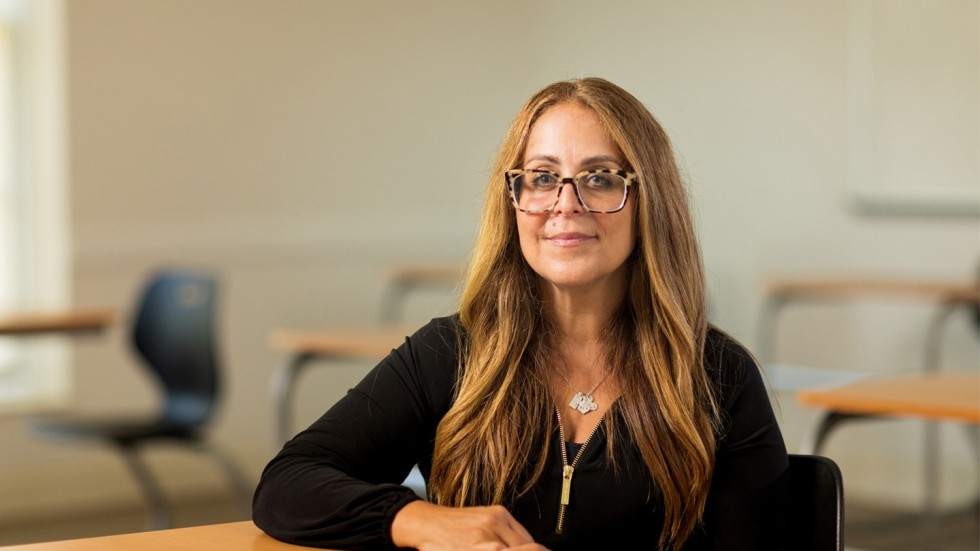
How Do We Support Teachers Post-Pandemic?
Newly appointed Dean of Graduate and Professional Studies Elizabeth Stringer Keefe has more than 20 years of experience in education, with expertise in teacher preparation programs. Last year, she received the College’s Outstanding Faculty Service Leadership Award. We asked Stringer Keefe to share her thoughts on the state of the teaching profession pre- and post-pandemic and how teacher preparation programs can help.
We know that the pandemic changed how teachers have to teach. Can you talk about this in more depth?
How is this affecting the profession?
The highly politicized return to in-person learning was heralded as a step toward ‘normalcy,’ yet teachers were operating in a significantly changed education landscape…
Knowing this about burnout and attrition, what is needed to support teachers who have remained in the profession?
One central issue for teachers post-pandemic is that they are tasked with managing, responding to and solving problems that they may not have been prepared for within the context of their teacher preparation programs, such as student mental health crises. While there’s been widespread acknowledgment about the mental health crisis plaguing school-age children following the pandemic, there’s been little to no focus on teachers’ mental health. Now more than ever, the demands of the post-pandemic classroom require that teachers develop clear work boundaries, which are essential to protecting their own mental health and can prevent premature attrition from the profession. This can help future teachers to develop and keep clear classroom structures, recognize when they are overloaded, protect personal space, take time for respite without guilt and model these skills for their students.
How then do we help prepare new teachers?
Is there more that can be done?
Any final thoughts?
Stonehill Alumni Magazine
Fall ’23 | Winter ’24 | 75th Anniversary Issue
